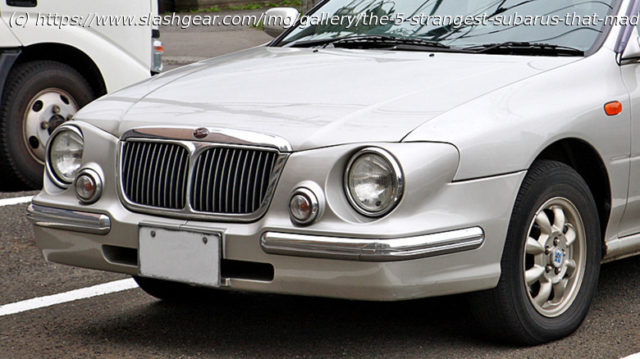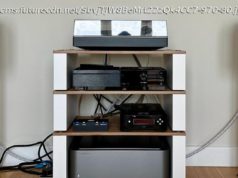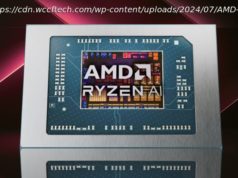Subaru made some strange business decisions in the many years it fought for a presence in the U.S. market, resulting in some strange car-trucks and sedans.
When one considers Japanese automakers, the big three consisting of Honda, Nissan, and Toyota immediately spring to mind. However, what about plucky Subaru? Nowadays, they’re a regular fixture on the roads of snowy locales like the northeast, where their signature all-wheel drive is a huge asset. For decades, however, the car-making arm of Fuji Heavy Industries struggled to find its identity.
First imported to the U.S. in 1968 with the aid of entrepreneur Malcom Bricklin of Bricklin SV-1 and Yugo fame — which might explain some of the weirdness — Subaru’s inaugural vehicle to arrive on U.S. shores was the 360, a tiny rear-engined Kei car that may have been appropriate for urban Japan, but was considered a deathtrap on America’s freeways due to lacking safety standards.
From there, we got pickup trucks with seats in the cargo bed, sports cars that were shaped like a doorstop, and wagons with gaudy retro styling grafted onto the front. Subaru has since redeemed themselves with hot hatches like the WRX STI, and immensely versatile crossovers such as the Outback, but let’s take a walk down memory lane to revisit some of the brand’s less mainstream endeavors.
[Featured image by Tennen-Gas via Wikimedia Commons | Cropped and scaled | CC BY-SA 3.0]1978-1987 Subaru BRAT
Compact import pickups were hot in the 1970s, and later in the decade, Subaru wanted a piece of the action as well. Behold the BRAT; short for « Bi-drive Recreational All-terrain Transporter. » Rather than a miniaturized traditional pickup truck like its competition, the BRAT was more like a tiny version of an El Camino or Ford Ranchero with its swept-back C-pillars — known as a « Ute » in certain parts of the world.
Based on the same platform as Subaru’s Leone station wagon, the BRAT featured all-wheel drive, which could also be switched off at the driver’s discretion. This effectively turned the BRAT into a front-wheel drive truck, saving fuel and wear on the drivetrain components — hence the « Bi-drive » moniker. Of course, the strangest aspect of the BRAT has to be the two rearward-facing passenger seats mounted in the bed of the truck.
The weatherproof plastic seats were added solely to avoid the 25% « chicken tax » that the United States placed on imported pickup trucks in retaliation for foreign taxes on poultry exports. By adding the rudimentary seats in the cargo bed, Subaru could claim the BRAT as a passenger vehicle and circumvent the tax.
Facing increasing pressure from safety organizations, the BRAT lost its signature bed-mounted seating in 1985, and was pulled from the U.






